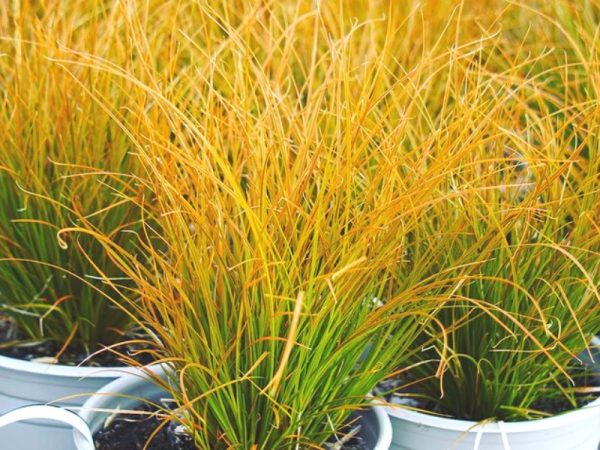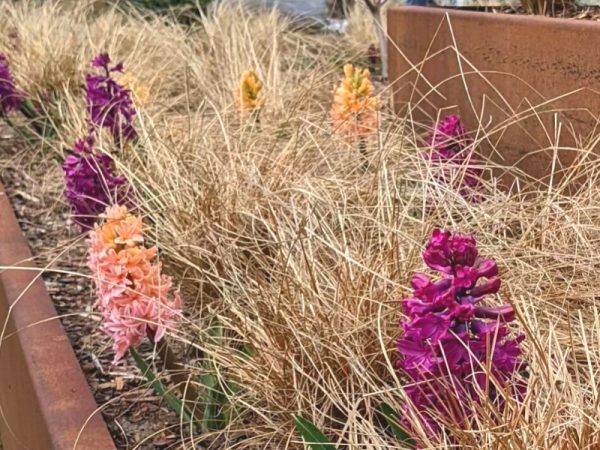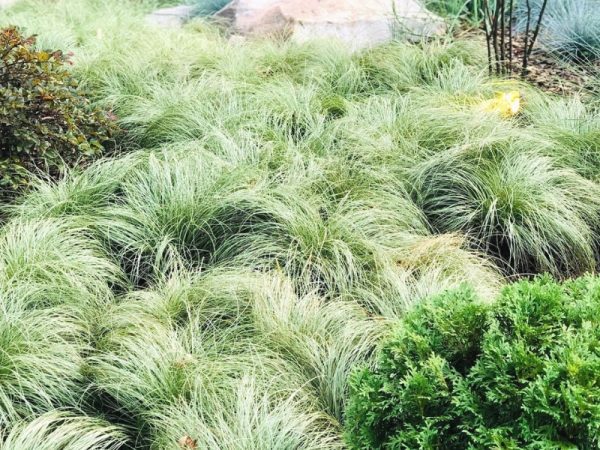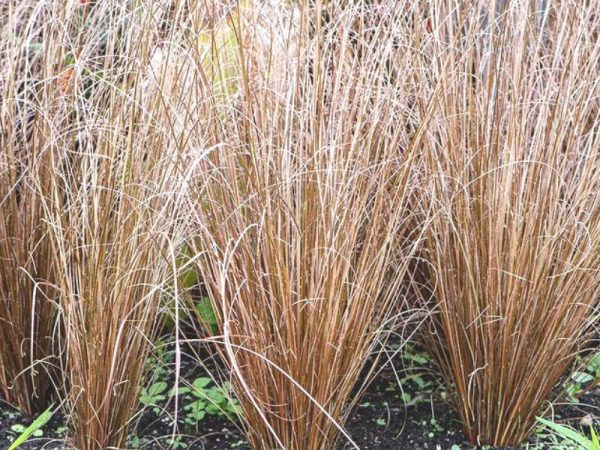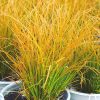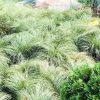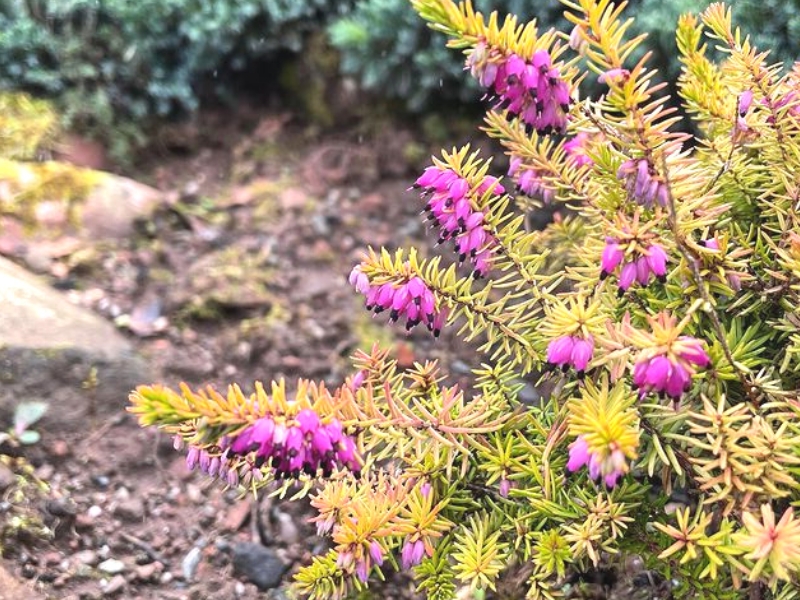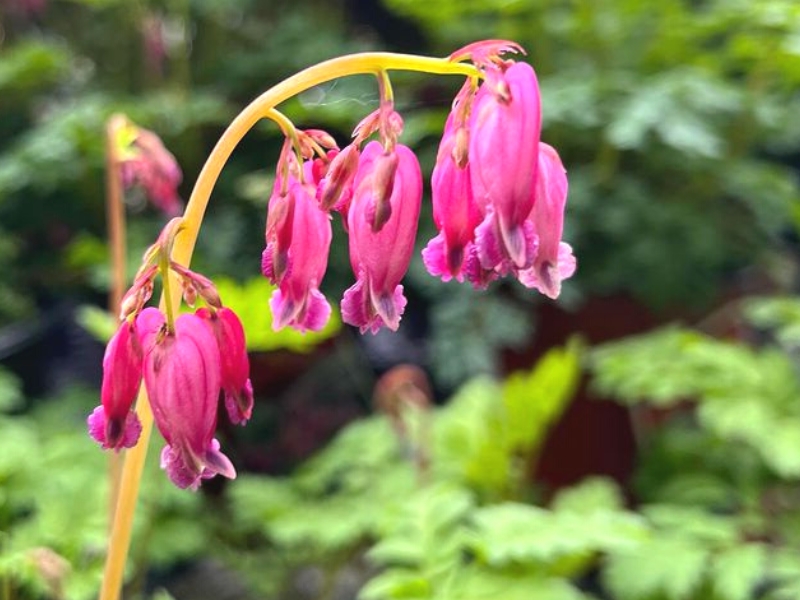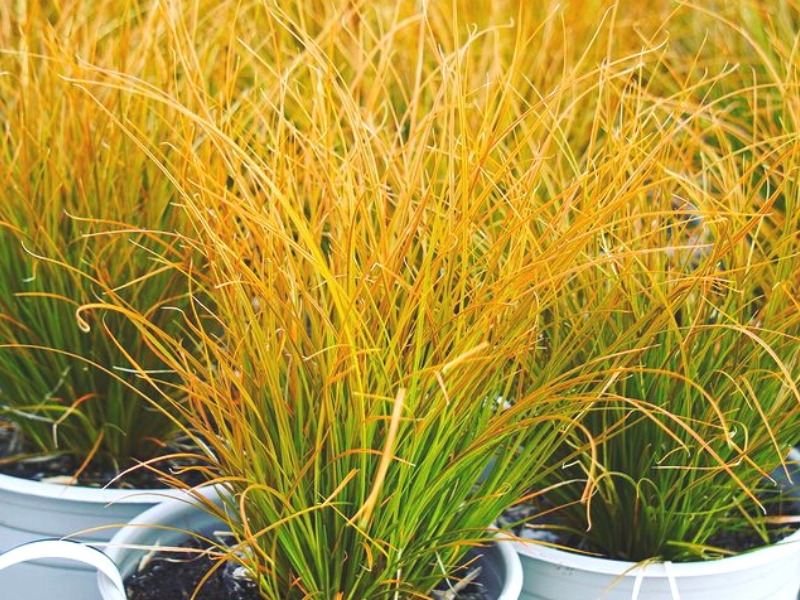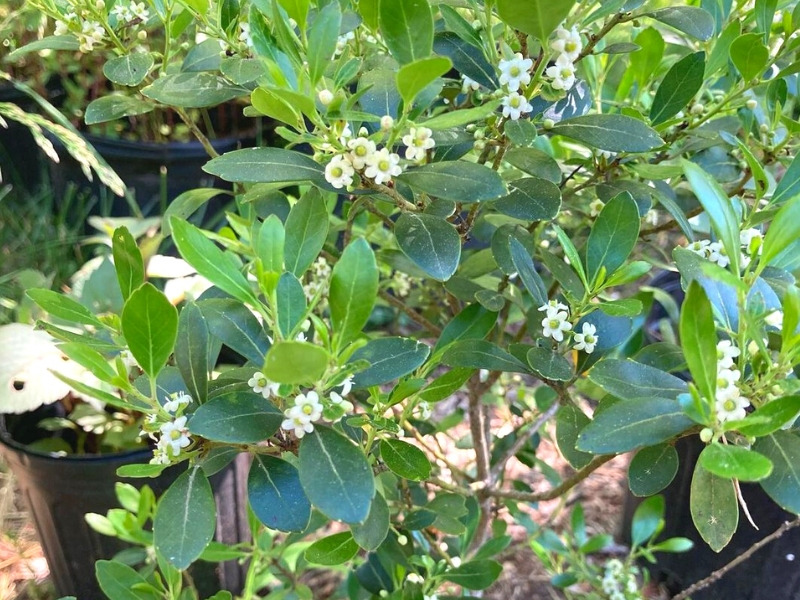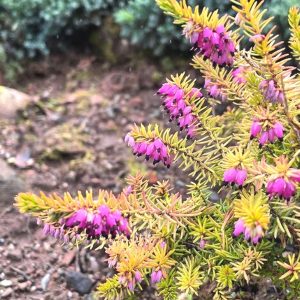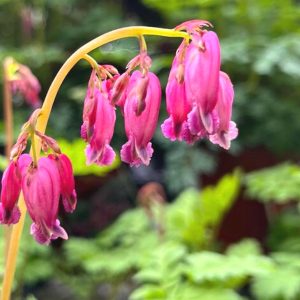-
- Overview
- Description
- Availability
- User Rating
- Specification
- Common Name
- Botanical Name
- Family
- Plant Type
- Uses
- Mature Height
- Mature Width
- USDA Hardiness Zones
- Sun Exposure
- Water
- Maintenance
- Soil Type
- Soil pH
- Soil Drainage
- Spacing
-
Dive into the enchanting world of ‘December Red’, one of the first Erica carnea (Winter Heath) varieties to grace the garden with its blossoms. This evergreen shrub unveils its magic in the heart of winter, from December through February, blanketing its delicate, mid-green needle-like foliage with a profusion of narrow, urn-shaped flowers. These blooms start […]
- In stock
- –
- Winter Heath ‘December Red’, Heather ‘December Red’, Snow Heath ‘December Red’, Spring Heath ‘December Red’, Alpine Heath ‘December Red’
- Erica carnea ‘December Red’
-
Erica and Calluna
-
Shrubs
-
Beds and Borders, Edging, Ground Covers, Patio and Containers, Banks and Slopes
- 7″ – 2′
- 2′ – 3′
-
5, 6, 7
-
Full Sun
-
Average
-
Low
-
Clay, Loam, Sand
-
Acid, Neutral
-
Moist but Well-Drained, Well-Drained
- 19″ – 25″
-
29152
- In stock
- –
- Bleeding Heart ‘Luxuriant’, Western Bleeding Heart ‘Luxuriant’, Fern-Leaf Bleeding Heart ‘Luxuriant’
- Dicentra ‘Luxuriant’
-
Dicentra – Bleeding Hearts
-
Perennials
-
Beds and Borders, Edging, Patio and Containers, Underplanting Roses and Shrubs, Banks and Slopes
- 2′ – 3′
- 2′ – 3′
-
3, 4, 5, 6, 7, 8, 9
-
Full Sun, Part Sun
-
Average
-
Low
-
Chalk, Clay, Loam
-
Alkaline, Neutral
-
Moist but Well-Drained, Moisture Retentive
- 21″
-
29172
- In stock
- –
- New Zealand Hair Sedge, Orange Sedge
- Carex testacea
-
Carex – Sedges
-
Ornamental Grasses
-
Beds and Borders, Edging, Ground Covers, Patio and Containers
- 1′ – 2′
- 1′ – 2′
-
6 – 10
-
Full Sun, Part Sun
-
Average
-
Low
-
Chalk, Clay, Loam, Sand
-
Acid, Alkaline, Neutral
-
Moist but Well-Drained, Well-Drained
- 18″ – 24″
-
29173
- In stock
- –
- Annual Lobelia, Edging Lobelia, Trailing Lobelia, Garden Lobelia, Blue Lobelia, Dwarf Annual Lobelia
- Lobelia erinus
-
Lobelia
-
Perennials, Annuals
-
Beds and Borders, Edging, Hanging Baskets, Patio and Containers
- 6″ – 9″
- 6″ – 1′
-
2 – 11
-
Full Sun, Part Sun
-
Average
-
Low
-
Chalk, Clay, Loam, Sand
-
Acid, Alkaline, Neutral
-
Moist but Well-Drained
- 6″ – 12″
-
29176
- In stock
- –
- Inkberry ‘Shamrock’, Gallberry ‘Shamrock’, Bitter Gallberry ‘Shamrock’, Evergreen Winterberry ‘Shamrock’, Inkberry Holly ‘Shamrock’, Appalachian Tea ‘Shamrock’
- Ilex glabra ‘Shamrock’
-
Ilex – Hollies
-
Shrubs
-
Beds and Borders, Bog Gardens, Hedges and Screens, Ponds and Streams, Rain Gardens, Banks and Slopes, Small Gardens
- 3′ – 4′
- 3′ – 4′
-
4 – 9
-
Full Sun, Part Sun
-
Average, High
-
Low
-
Clay, Loam
-
Acid, Neutral
-
Moist but Well-Drained, Poorly Drained
- 36″ – 48″
You can add here some information about Shipping rates. For example, table
- 30 days guarantee of return
- No questions when you return
- Simple exchange product to new




Where to Buy and Price list

Carex testacea ‘Indian Summer’ Sedge

Carex testacea

Carex Testacea

Carex testacea
Frequently Asked Questions
How do you propagate Carex?
To propagate Carex Testacea from seeds, sow in containers in a cold frame in early spring. When the seedlings are strong enough to be handled, move them to their permanent locations.u003cbru003eOr divide rhizomes in early summer.u003cbru003eTransplant the divisions directly in the area you want them growing in the garden. The recommended spacing between plants should be approximately 15” inches apart.u003cbru003eThey are best planted in groups of 3-10 plants, especially when used as ground covers.
What is Carex Testacea used for?
The clumping perennial grass adds color to borders, banks, and slopes and provides effective ground cover.u003cbru003eIt’s also a suitable plant for edging or growing in containers.u003cbru003eThe orange foliage helps brighten any location.
Does Carex testacea like sun or shade?
Carex testacea appreciates full sun but it will tolerate a partial shade location. The best color intensity, however, will occur with full sun
What is the best soil for Carex?
Regular to rich, well drained soil- average summer water. Not drought tolerant over the long haul, so at least a soak once a week in summer.


